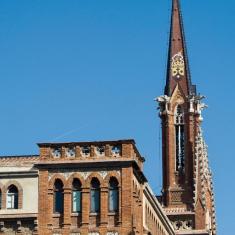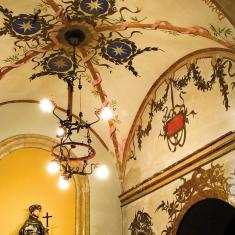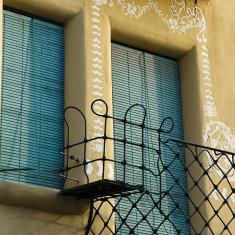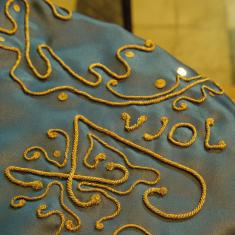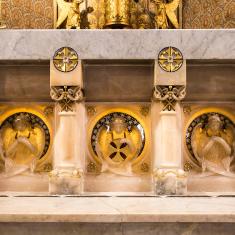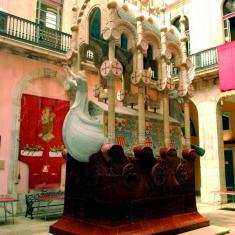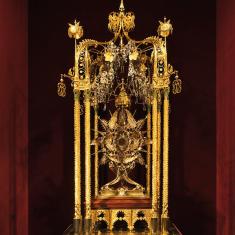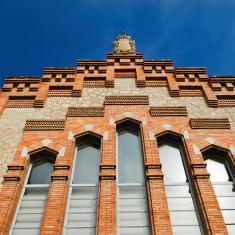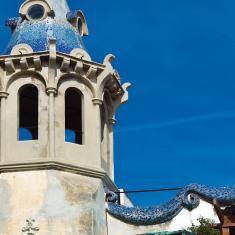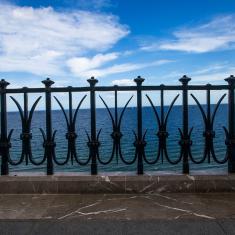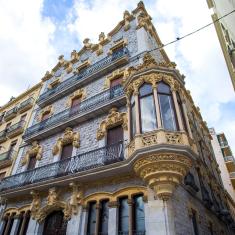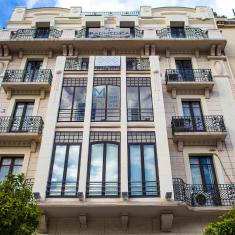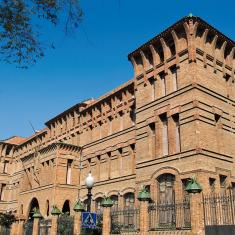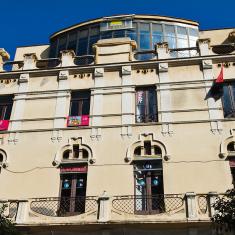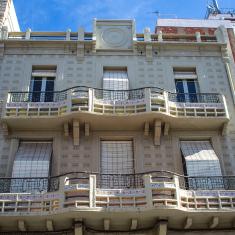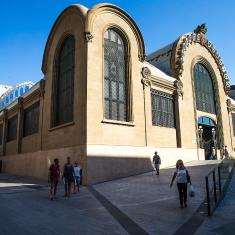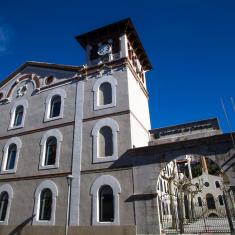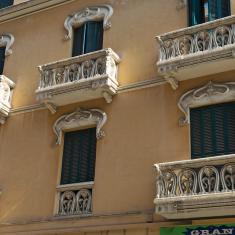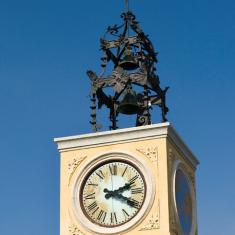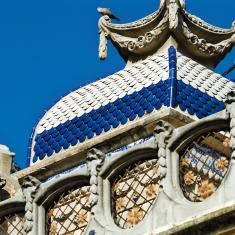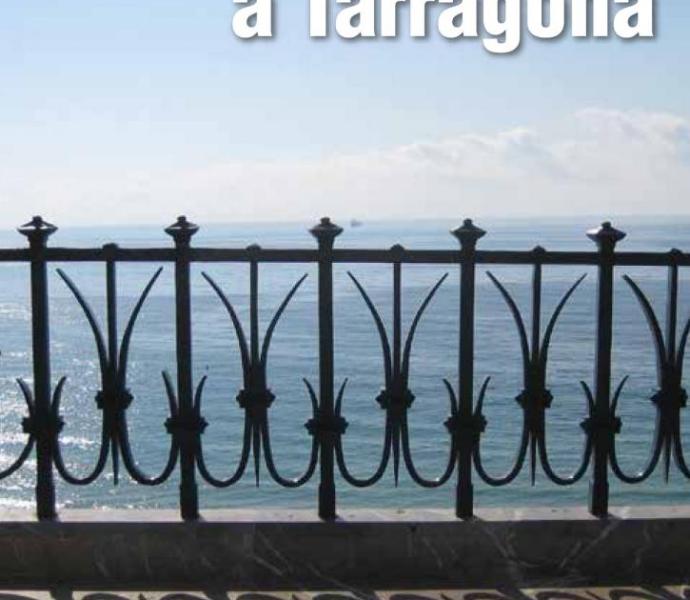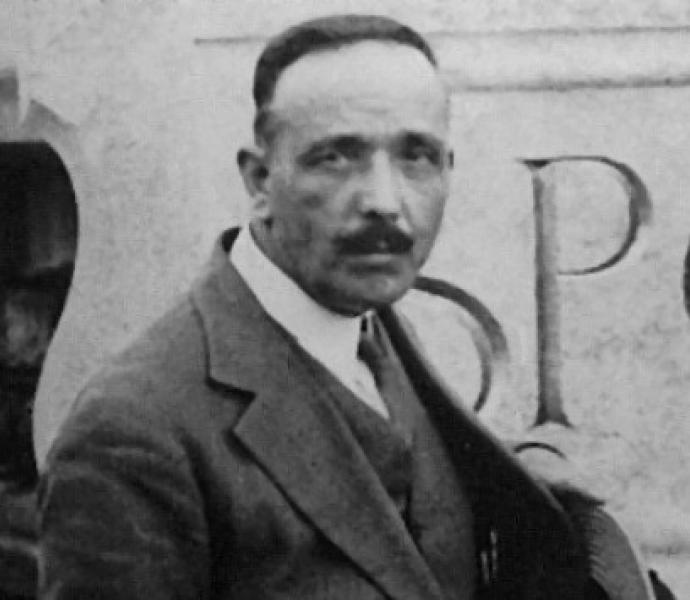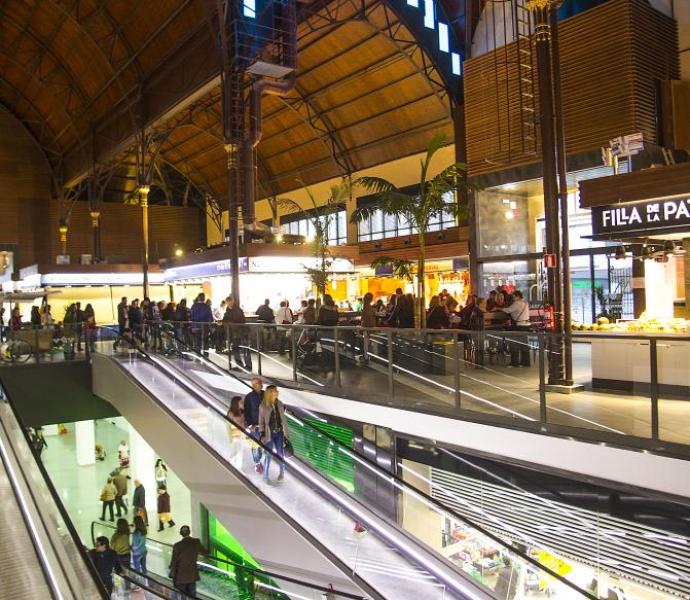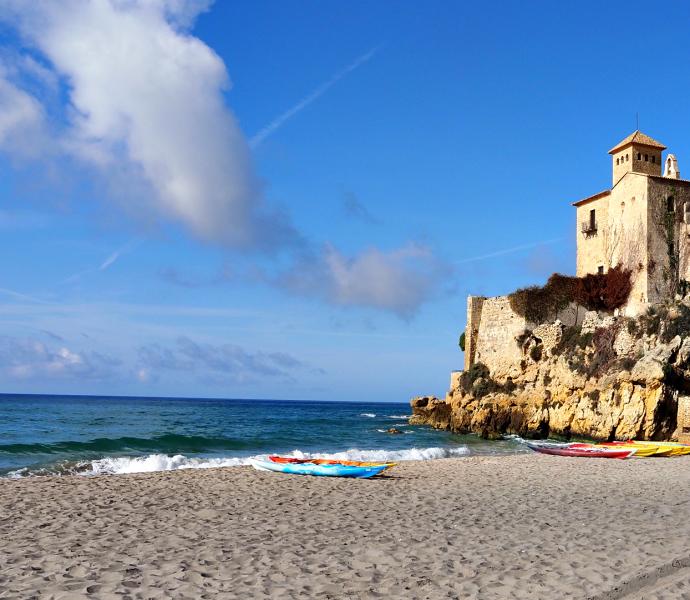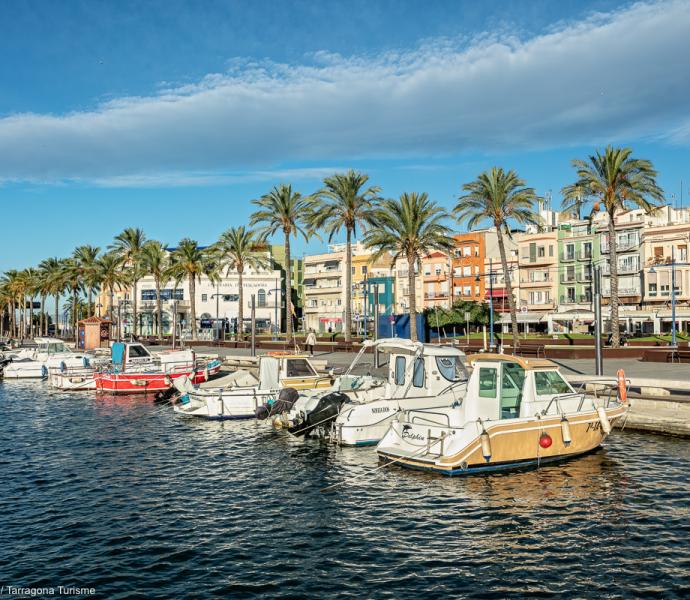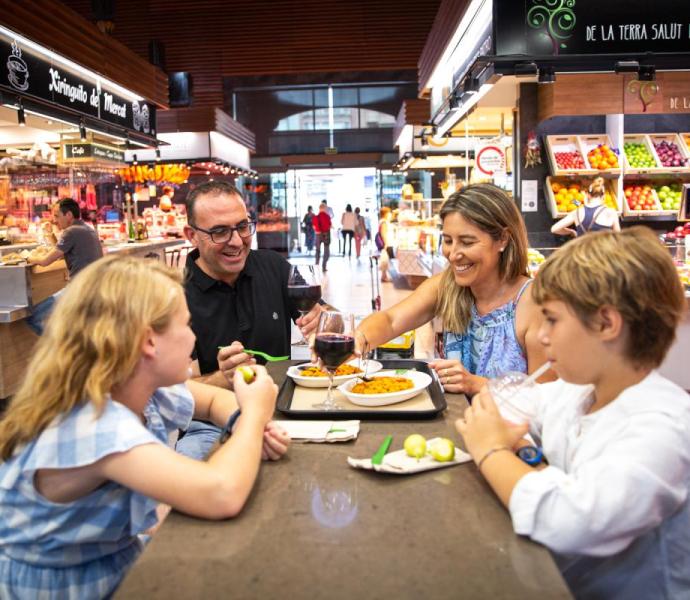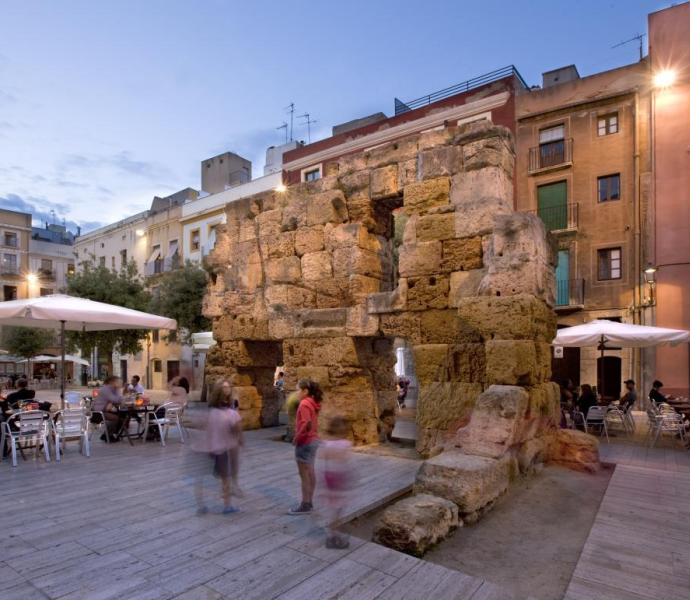The Modernist aesthetic in Tarragona
This guide hopes to give people a closer insight into part of the Modernist legacy distributed around the city, which needs visitors’ complicity to reveal all its poetry and beauty. This itinerary aims to reveal the tastes, approaches and styles of the society which embraced the Modernist aesthetic to decorate their homes, the places in which they spent their working hours or free time, and their places of worship.
The Modernism developed in Tarragona from the end of the XIX century up to nearly the first third of the XX century thanks to a certain economic upturn and wlthin the ideological context of the Renaissance. Josep Maria Jujol drew up the project for the Metropol theatre, Ximenis' House, the shrine of the Church of the Barefoot Carmelite Fathers and a series of sumptuary pieces that can be found in the Church of St. Laurence for the Farmers' Guild.
The architect with most modernist works in the city is Josep Maria Pujol de Barberà: the Rector's Bureau in Rovira i Virgili University (URV); Ripoll House; Bofarull and Doctor Aleu's Houses, all of them in Rambla Nova; and the municipal market. Ramon Salas designed his own house in Rambla Nova and the railings of the Balcony of the Mediterranean.
There is also a work by Antoni Gaudí Iike the altar and the manifestador [where the Holy Sacrament is held) in the Sanctuary of Our Lady of the Sacred Heart and a sculptural work by Lluís Domànech i Montaner Iike the Mausoleum of James I.
Map
- 1
- 2
- 3
- 4
- 5
- 6
- 7
- 8
- 9
- 10
- 11
- 12
- 13
- 14
- 15
- 16
- 17
- 18
- 19
- 20
- 21
- 22
- 23
























